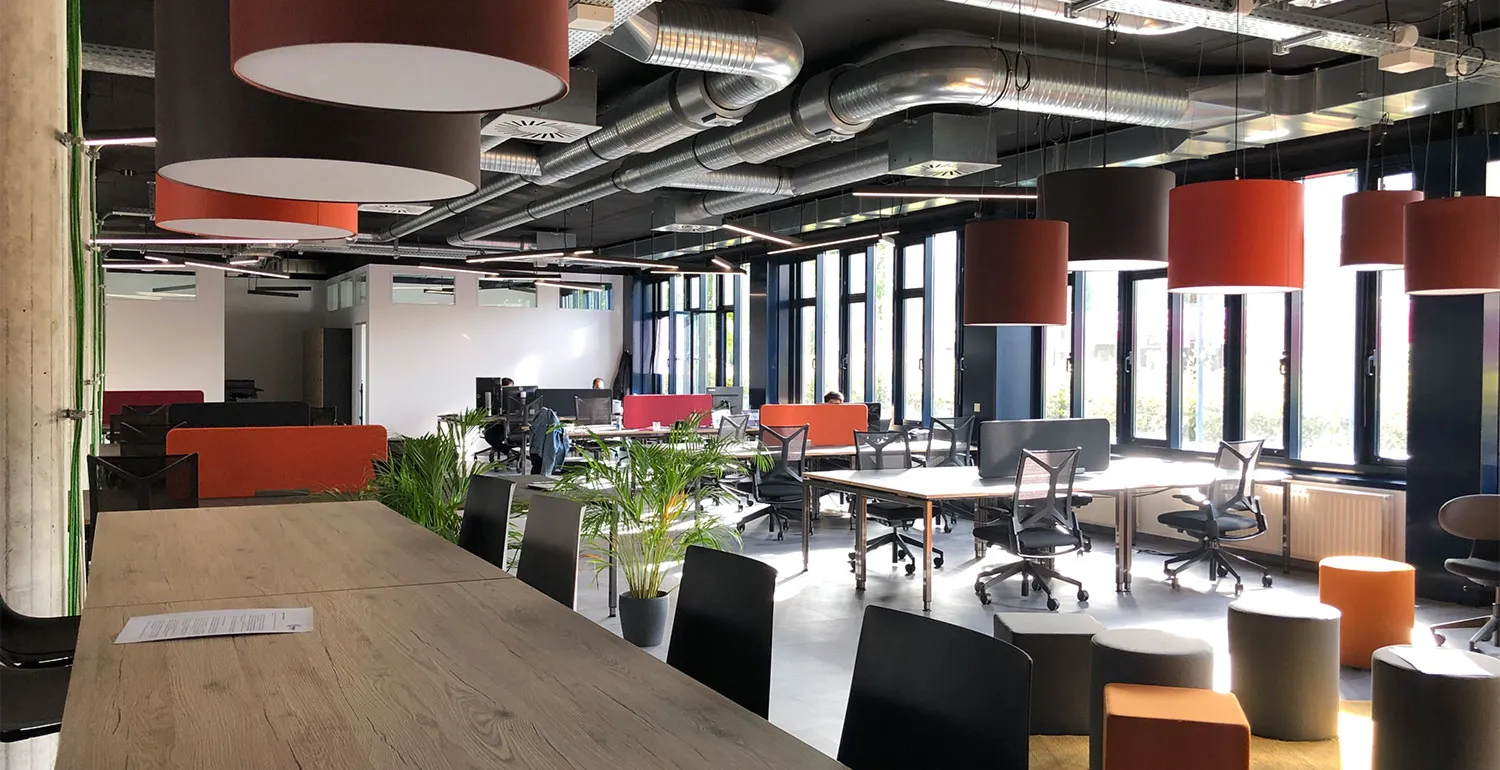Between co-working space and home office - Stefan Riedl has been moving between these two worlds of work for years. He finds lights here and there - as well as shadows. And then there's this question: do we still need the on-site office at all? A field report ...
Answering emails, commenting on worksheets, preparing presentations and holding meetings with colleagues - none of these are reasons why you actually need to be in the office. Or maybe they are? Ever since the 2020/21 coronavirus pandemic shook up the world and all the familiar processes rooted in it, it has been clear that there is no way around digitalization, the associated progress and a new type of working model. I have personally been practicing this model since 2013 and would like to share my experiences with you.
Hybrid working and co-working
Hybrid working means that you spend part of your regular working hours in the office, agency or company and another part at home or - if the ceiling falls on your head or pointy, misshapen Lego bricks torment your feet - in so-called co-working spaces . These are large office units that specialize in people who need a temporary place to work.
You can find most of these in every major city, and "temporary" in this sense does not refer to short-time working, but rather to the specific period of time when work is carried out. For example, a "day pass" gives you access for one day from 9 a.m. to 5 p.m., where you can use Wi-Fi, a printer and a coffee machine and complete your day's work undisturbed. Or you can book yourself into the co-working space for a few weeks for an order-related project, right up to the last alternative: you stay there virtually forever.
In any case, one thing is clear: this type of working model requires more than just the joy of working autonomously . No, new rules for social interaction also need to be defined so that the best can be made of the time spent outside the office - after all, it presents challenges and opportunities in equal measure.
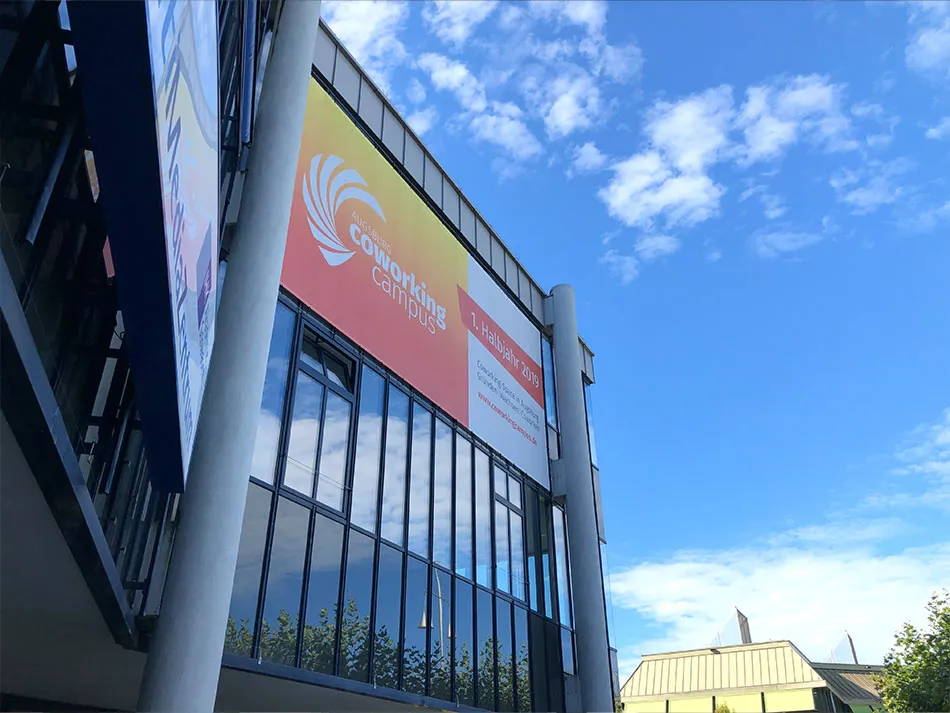
Advantages of co-working spaces
The first time you work in a co-working space , an exciting day begins, similar to that in a new company: you get to know a large number of "colleagues" there, everyone does different things, and the space therefore also offers a diversified ecosystem of numerous industries and specialist areas. Alone during the lunch break? Only if you insist on it yourself. Modern workstations in an industrial loft style? Bring it on! In so-called think tanks, you can brainstorm together in peace and quiet and new ideas can mature, while a comfortable chat can be initiated at the printer. All in all, everything in the workspaces is geared towards silence and tranquillity. According to the house rules, telephone calls are made in the telephone booths provided for this purpose. A well thought-out concept therefore creates a pleasant atmosphere.
Many positive aspects are combined in a co-working space: the flexible visiting times make it easy to manage family and work. Even if things get a bit circus-like at home, an escape to a co-working space can work wonders. Time is also limited and you can work through your to-do list very efficiently. Need to print something out on the shared printer in the evening? No problem. Keep the lunch you've brought in the fridge? It works just like in any other staff kitchen (even if it's only good for a short time).
Talents can be recruited where they live, and employees are free to choose their place of residence , as my personal example shows: While our agency is based in Waren (Müritz), I am personally located in the south of Germany, more precisely in Bavaria's third largest city: Augsburg. This means that my bosses and I are separated by an incredible 750 kilometers. Bad prospects for sensitive patriarchs with a penchant for employee monitoring.
For people with healthy trust and a performance-oriented view of things (like my bosses), however, hybrid working is a logical option and an efficient approach. Also because, of course, entrepreneurs benefit from such working models, as less office space needs to be rented and the associated ancillary costs are saved directly.
There is no doubt that such flexibility generally increases the satisfaction of those involved and the personal life-work-sleep balance. And we know from science that everything reproduces itself after its own kind: Satisfied bosses make for satisfied employees, who in turn make for satisfied customers and so on. So it's a win-win-win.
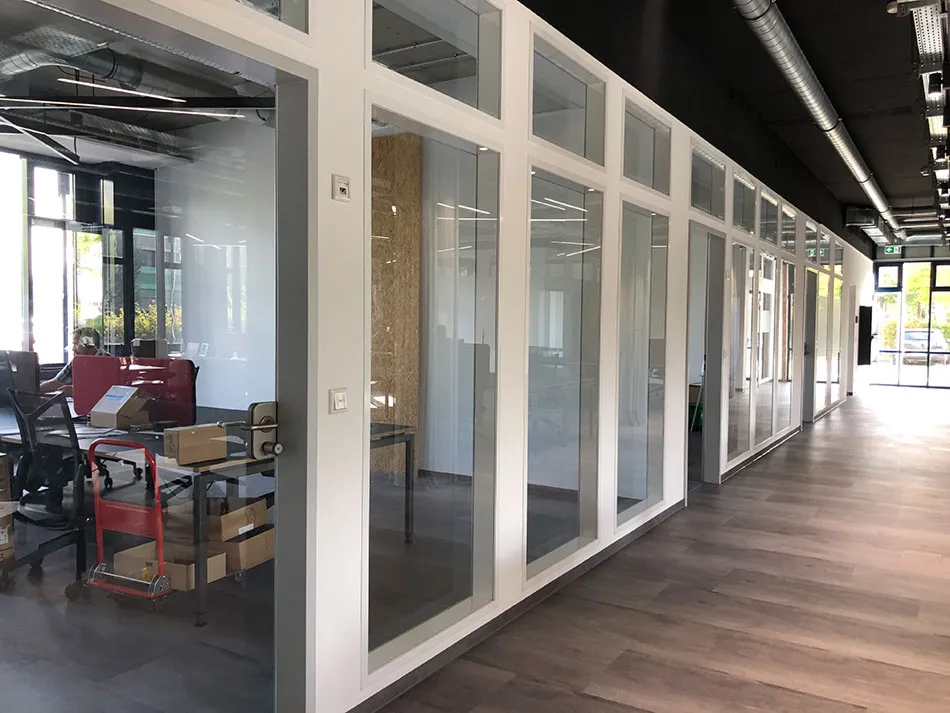
Disadvantages of co-working spaces
As the saying goes? Where there is a lot of light, there is also a lot of shadow. As always, this depends entirely on your own perspective, but in some cases it's simply the dose that makes the poison. So there are a handful of disadvantages that certainly need to be thought through to avoid a permanent frontal attack on your good mood. Although it probably happens less often, the co-working space is not always the proverbial professional Garden of Eden of silence. Inconsiderate colleagues, a noisy environment, unclean kitchens or poorly equipped office units... The list of possible misdemeanors can be long. The list of adversities is even longer.
Then there are the collaborative aspects: Those who are not physically present in the office on a permanent basis are sometimes forgotten by the regular team on site . Not out of malicious intent, but simply because it takes more effort to send an email or pick up the phone than to simply shout the latest news to employees through the open office door. This also gives rise to the fear of missing out on something for the home office worker or co-worker - regardless of whether it's a highly explosive piece of news or a trivial trifle.
Conversely, colleagues on site often lack detailed information about what the remote employee is currently working on. After all, you're never there, and you never meet in front of the fridge door or at the shredder. It can happen that you are simply ignored. Managing a centrally organized team from a decentralized position becomes a balancing act. We don't even need to talk about team building, integration into the structure or onboarding new employees when working remotely ...
Many disadvantages also apply to working from home. In your own four walls, you are simply lost without the appropriate technology, you cannot connect without fiber optics, and without a good HD camera, you feel at least "out of focus" in every meeting. According to data collected, there has also been a noticeable increase in beauty surgeries due to the numerous video calls during Corona, as reported by ZDF.
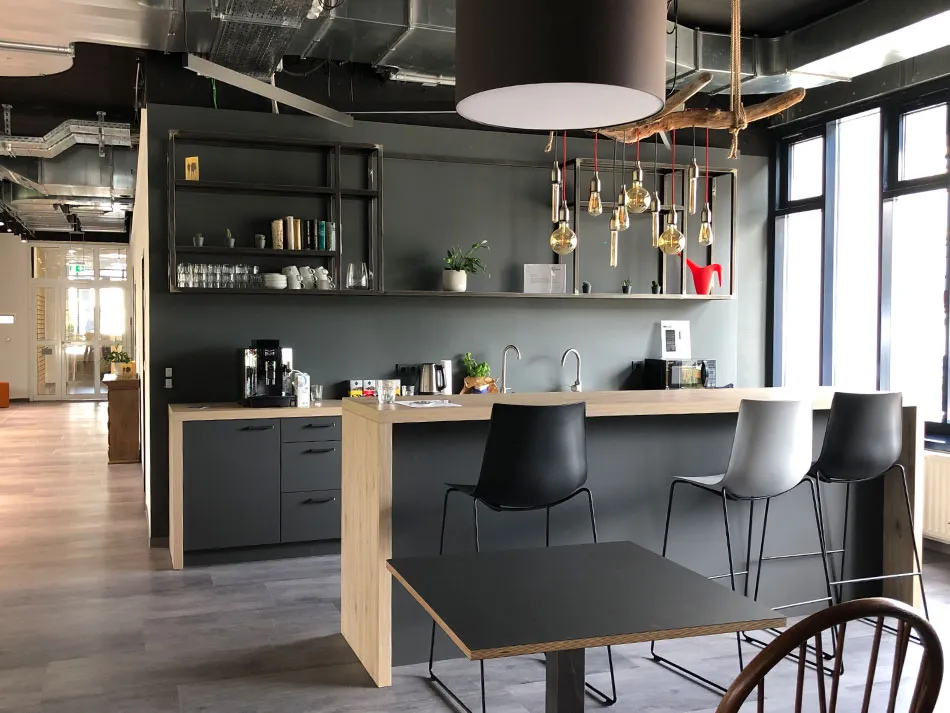
The best of both worlds
Corona has taught us a lot, but there are three things in particular that I think are worth mentioning in this context:
- The technology, hardware and software simply need to be up to date. You're not only doing yourself a real favor as a company, but also your employees.
- The truth is that many of us don't have to go to the office, an agency or a company every day to do what we need to do.
- Working from home alone, on the other hand, makes people latently lonely, isolates them from each other (and sometimes puts a strain on their wallets with beauty surgeries).
As an entrepreneur, it takes more than simply moving the workforce into their own four walls and hoping that the business will continue to run as before. And it takes a respectable amount of initiative and self-organization for employees to be able to tick off the checklists at the end of the day to the satisfaction of everyone involved. The hybrid model of the golden mean was born: Part of the time is spent in the office and part at home or in a co-working space.
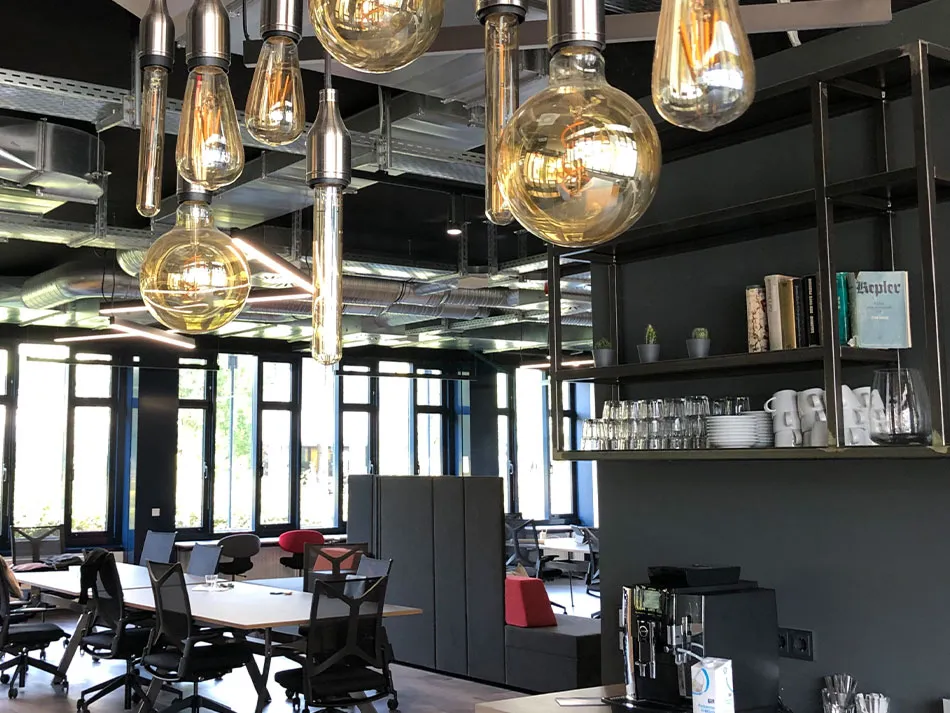
The full-time working model of past decades, in which people simply killed time, is certainly not sustainable for the future. But leaving people at home to their own devices and to their fate also harbors dangers. Not only for the person concerned, but also for the power of the company: after all, direct face-to-face encounters are an essential part of our human well-being. They form an important social basis for communication and interaction. Offline, there are plenty of opportunities from as early as 7:30 a.m. to spread a good mood non-verbally with waving arms, or when meeting later in the cafeteria, standing in the hallway or having a two-minute chat with a colleague from accounting.
It's interactions like these that create opportunities for friendships, even away from work: people talk about the weekend, their hobby, the family or sport. And if nobody does sport, then at least there is plenty to discuss about sporting events. Every single one of these interactions strengthens the connection to these people. And it is precisely these connections that form the essential prerequisite for really strong teams, with the willingness to jump in, go the extra mile or organize an event voluntarily. Teams that are characterized by tolerant cooperation and strong cohesion as a community and are only capable of enormous top performance as a result.
